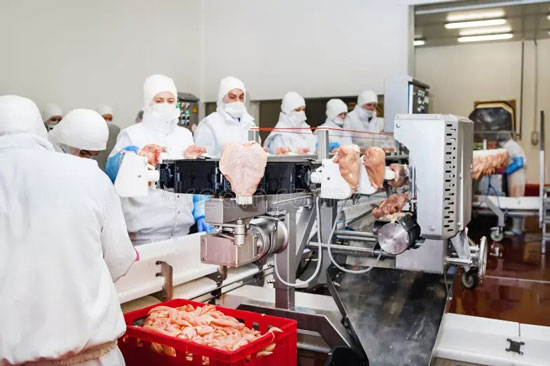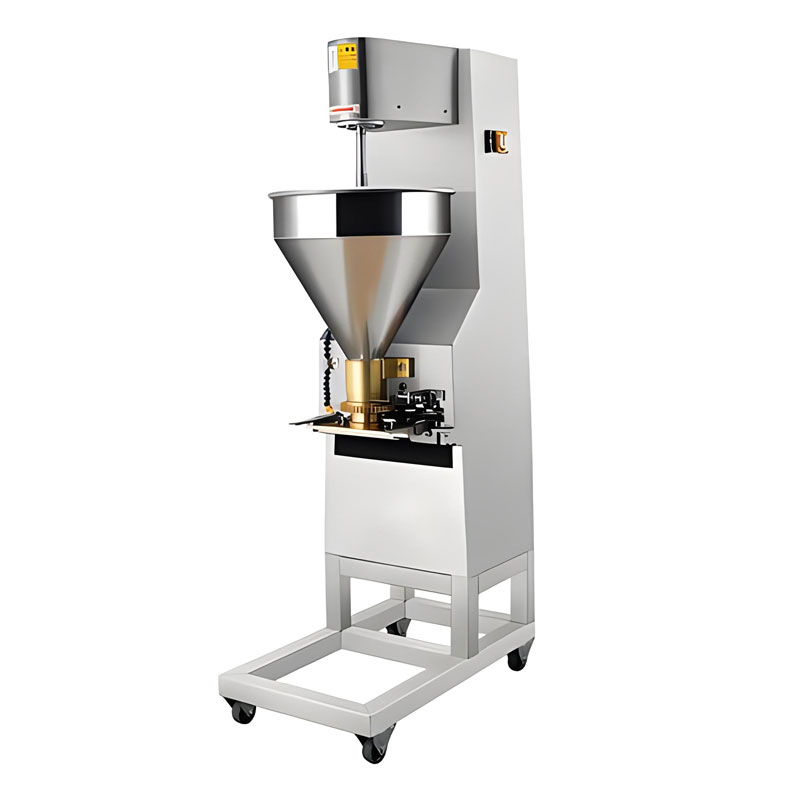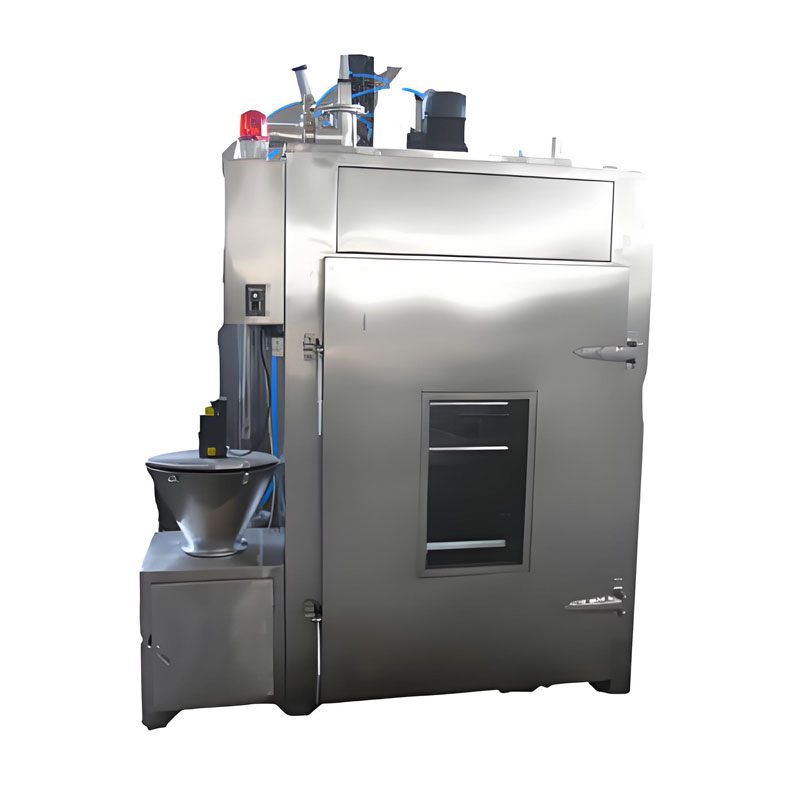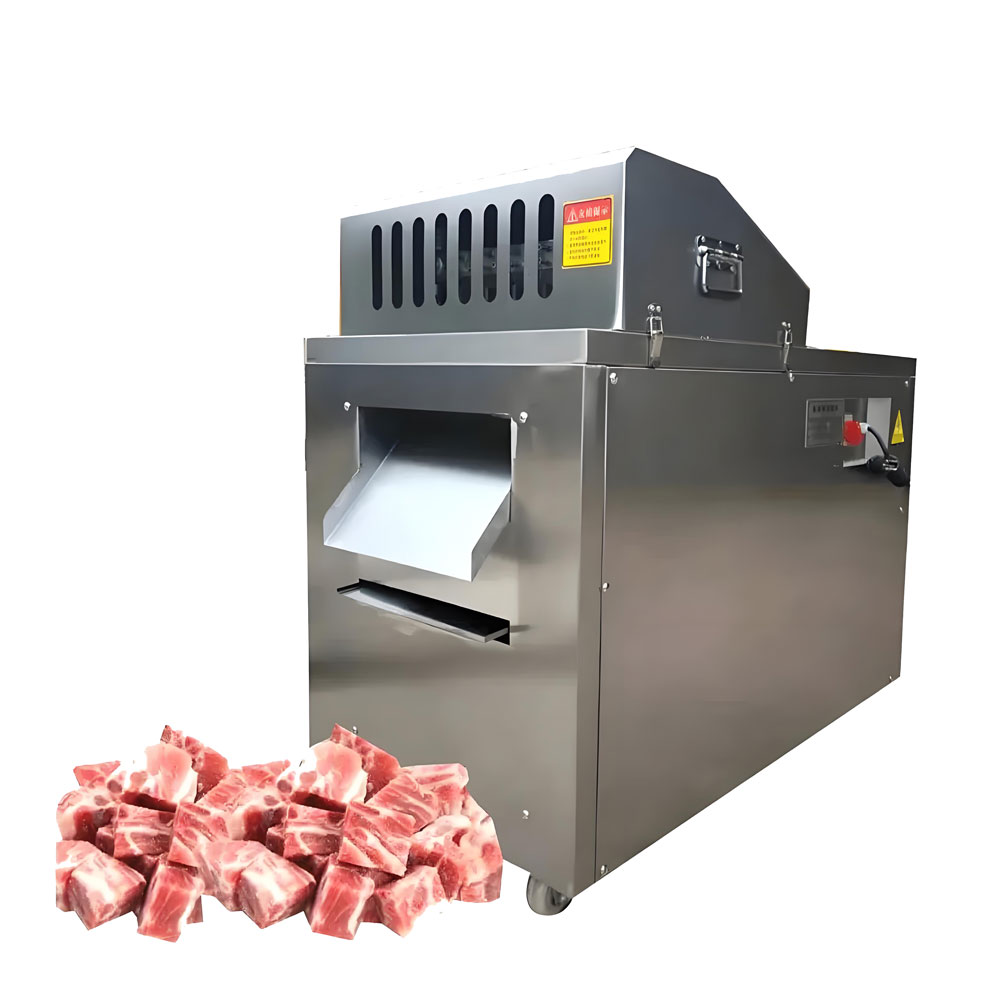Understanding Different Types Of Meat Processing Equipment And How To Choose

The meat processing industry relies on specialized equipment to transform whole carcasses into retail cuts or value-added products efficiently and safely. When selecting processing equipment, it's important to consider your production goals, plant layout, automation needs, and regulatory requirements. This article provides an in-depth look at common types of meat processing equipment and key factors in choosing the right solutions for your facility.
Slaughter Floor Equipment
The slaughter floor is where livestock is humanely stunned, bled, dehided, and eviscerated. Key equipment includes:
Stunners - used to render animals unconscious before slaughter. Captive bolt and electric stunning are common methods.
Bleeding equipment - Bleeding tables or rails allow blood to drain cleanly from the carcass.
Hide pullers - Remove the hide from the carcass via mechanical or pneumatic power.
Evisceration systems - Designed for efficient and hygienic removal of viscera. V-shaped conveyors position the carcass for workers or automated evisceration tools.
When selecting slaughter equipment, look for robust construction, ease of cleaning, compliance with regulations, and workflow compatibility. Automated systems can boost throughput.
Cutting Room Equipment
After slaughter, carcasses move to the cutting room for portioning into primal, subprimal, and retail cuts. Key equipment includes:
Conveyor systems - Allow carcasses to move efficiently through cutting stations. Overhead, belt, and roller conveyors are common options.
Cutting tables - Provide an ergonomic workspace for workers to manually portion carcasses. Height, materials, and drainage must be considered.
Band saws - Make accurate primal and subprimal cuts according to meat cutting charts. Automated band saws increase consistency and throughput.
Tenderizers - Improve meat tenderness using blades or needles to disrupt muscle fibers. Desired for value-added processing.
When selecting cutting room equipment, evaluate workflow, production volume, product variability, and labor requirements. Hygiene and easy cleaning are essential.
Meat Processing Equipment
After initial breakdown, meat may undergo further processing into value-added products. Common equipment includes:
Grinders - Use rotating blades to finely chop meat for ground, emulsified, or processed products. Consider capacity, temperature control, and sanitation.
Mixers - Blend meats, seasonings, and other ingredients into homogenous batters for sausages, burgers, etc. Tumble mixing and paddle mixing are common techniques.
Stuffers - Use pressure to fill ground, emulsified, or chopped meat into casings to produce sausages and wieners. Horn and piston stuffers are common types.
Massagers - Tenderize whole muscle meats like hams via massaging action. Enzymatic application is often incorporated.
Cooking equipment - Tools like smokehouses, ovens, steam cabinets, and fryers cook, smoke, and brown meats to final doneness specs.
Slicers - Cut whole muscle products like deli meats into uniform, thin slices for packaging. Look for sharp blades, safety features, and reliability.
Vacuum packaging equipment - Seal products in vacuum bags to prevent spoilage during shipping and retail display. Chamber and tunnel machines are common options.
For further processing, optimize equipment selection for your specific product portfolio, automation needs, and production environment.
Key Considerations for Selection
Regardless of the processing area, some key factors should guide your equipment selection process:
Production volume - Match equipment capabilities and capacities to your throughput needs. Prioritize flexibility for variable volumes.
Product variability - Will you process different species or a range of products? Opt for adjustable, versatile machines.
Workflow compatibility - Ensure equipment seamlessly integrates into plant layout and process flow.
Ease of use - Look for equipment workers can quickly learn to use properly and safely.
Sanitary design - Equipment must meet sanitation standards and allow easy cleaning.
Automation capabilities - Evaluate labor reduction goals and how automated equipment can help achieve them.
Budget - Weigh capital purchase costs against labor and long-term efficiency gains.
By thoughtfully assessing your goals and options when choosing processing equipment, you can build an efficient system tailored to your products, volumes, and resources. Expert input from equipment manufacturers is invaluable during selection. With robust, well-matched equipment in place, you can ensure high yields, top quality, and regulatory compliance when bringing meat products to market.
Must-Read Blogs For Chain Restaurants Owner











Ready to Get Started?